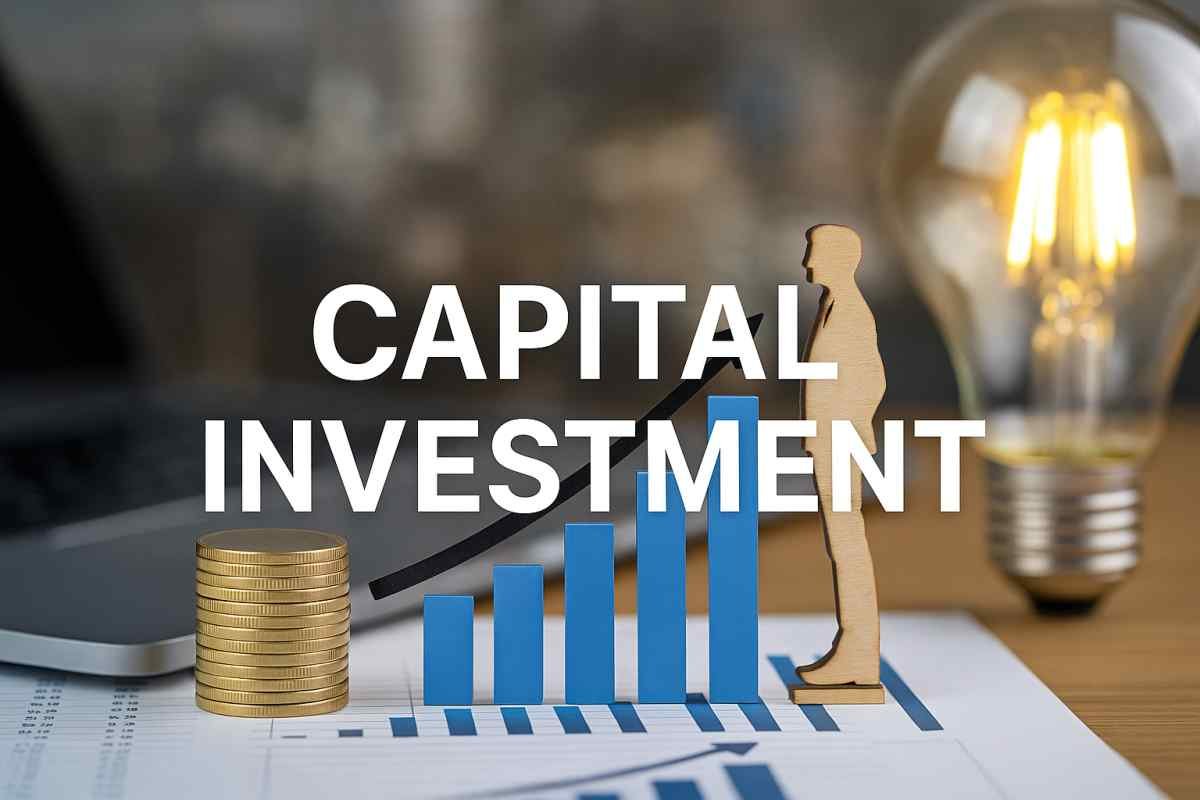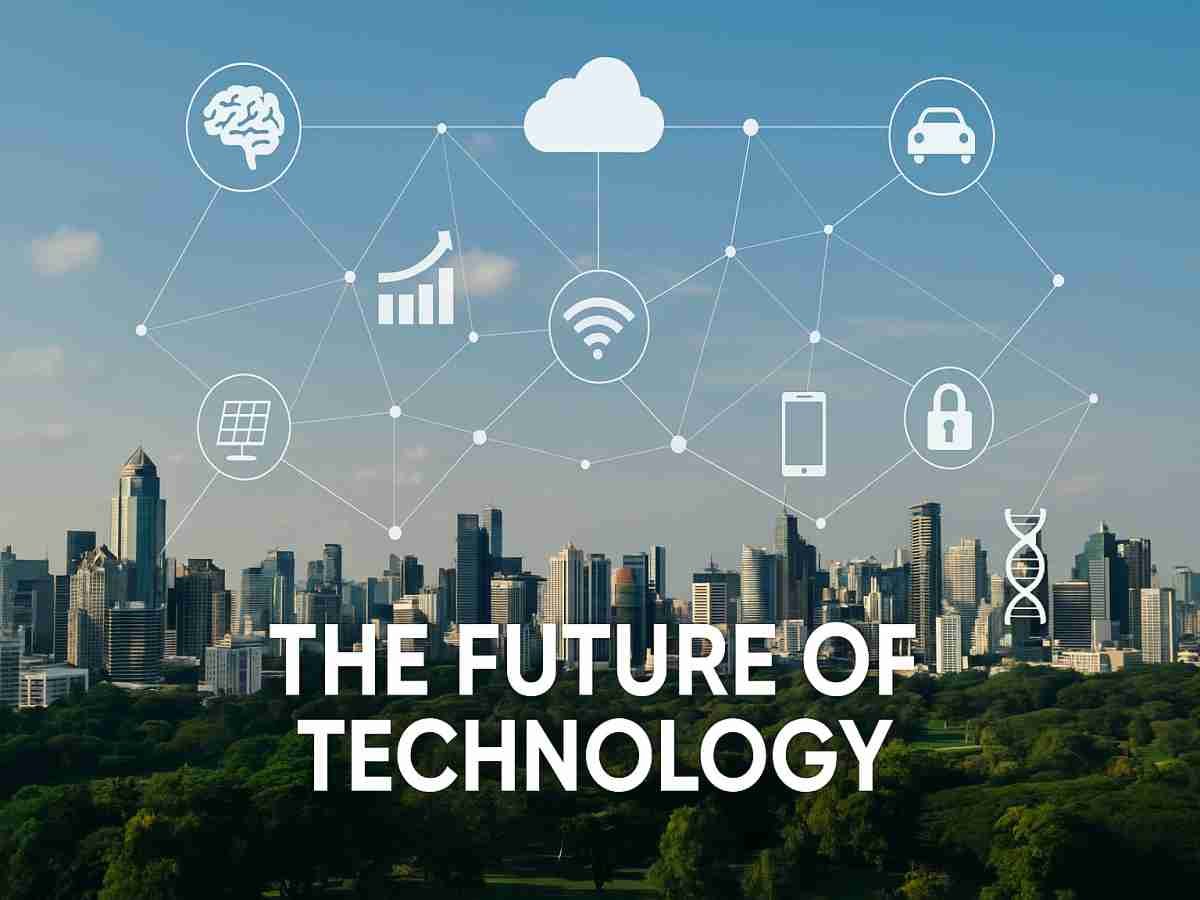Blockchain
Did you know that blockchain is a technology that allows you to keep track of a set of transactions, in a decentralized, secure and transparent way, in the form of a blockchain? Still can’t figure it out? Don’t panic, we’ll explain everything to you!
Blockchain: what is it?
Developed from 2008, blockchain is primarily a technology for storing and transmitting information. This technology offers high standards of transparency and security because it operates without a central control body.
More specifically, the blockchain allows its users – connected in a network – to share data without an intermediary.
In addition, the blockchain is an inviolable digital database on which all the exchanges carried out between its users since its creation are registered. Indeed, the successive exchanges are recorded there in the form of blocks of transactions. These records are called “Blockchain”.
Blockchain: how does it work?
In practice, a blockchain is a database that contains the history of all the exchanges made between its users since its creation. The Banque de France explains its main characteristics:
- the identification of each part is carried out by a cryptographic process.
- the transaction is sent to a network (or storage “node”) of computers located around the world.
each “node” hosts a copy of the database in which the history of transactions carried out is recorded. All stakeholders can access it simultaneously. - the security system is based on a consensus mechanism of all “nodes” with each addition of information. The data is decrypted and authenticated by “data centers” or “miners”. The transaction thus validated is added to the database in the form of a block of encrypted data (this is the “block” in the blockchain).
- decentralization of security management prevents falsification of transactions. Each new block added to the blockchain is linked to the previous one and a copy is transmitted to all the “nodes” of the network. Integration is chronological, indelible and tamper-proof.
The blockchain: what are the advantages?
There are many advantages to using blockchain, including:
- the speed of transactions thanks to the fact that the validation of a block only takes a few seconds to a few minutes.
- the security of the system, which is ensured by the fact that the validation is carried out by a set of different users, who do not know each other. This helps guard against the risk of malicious or hijacking, since the nodes monitor the system and control each other.
- the productivity and efficiency gains generated by the fact that the blockchain entrusts the organization of exchanges to a computer protocol, which mechanically reduces the transaction or centralization costs existing in traditional systems (financial costs, control costs or certification, use of intermediaries who are remunerated for their service; automation of certain services, etc.).
Blockchain: what applications?
The blockchain represents a major innovation which is used in particular in the banking sector. Indeed, historically, blockchain technology has developed to support transactions carried out via cryptocurrencies / crypto-assets (including bitcoins which are the most well-known form) and which have as main characteristic of not depending on an organization centralizing (like a central bank) and being international.
But its use is not limited to cryptocurrencies. Many fields and industries, commercial and non-commercial, public or private, are already using blockchain or planning to do so in the coming years. The uses of blockchains and other registry certification technologies, details some of the fields of use of the blockchain:
- In the banking sector, technology opens up the possibility of validating transactions without the intermediary of a clearing house, which should allow transactions to be certified in much shorter timeframes; blockchain can also promote the sharing of information between players competing with a financial center while respecting the secrecy of their commercial data and, in doing so, facilitate the management of common structures or instruments by reducing contact costs and administration fees.
- In the insurance sector, the contribution of the blockchain lies, for example, in the automation of reimbursement procedures and the reduction of certain formalities for companies and their clients, provided that the assumptions and compensation and damage conditions are clearly established.
- In the logistics sector, blockchain has two advantages: ensuring product traceability, as well as the memory of the various interventions on a production and distribution chain; lighten the formalities and create the conditions for cooperation between the players in a sector, particularly in terms of the exchange of information; this use could also find an application in the agro-food sector for the traceability of food, particularly interesting in the event of a health crisis.
- In the energy sector, by authorizing the exchange of services and values outside a central management body, the blockchain potentially creates the conditions for the implementation – on a more or less large scale depending on the technical capacities – of local networks for the production, exchange and resale of energy to balance supply and demand at all times, which is a major constraint for electricity networks in particular
- But many sectors are potentially affected by the use of blockchain technology: healthcare, real estate, luxury goods, aeronautics, etc.
Data Analysis and Data Science | Differences, Applications, Jobs and Examples
Types
There are many types of blockchains:
- Public blockchain: (for example, Bitcoin ) is a large decentralized network that handles unique tokens. They are open source codes that are open to any level of user and support them.
- Private blockchain: is usually a small network and does not use tokens. Users operate under strict control. These types of blockchains are securely linked to trusted members and encrypted transfers.
- Permissioned blockchain: (Ripple, for example) is a combination of public and private blockchains, with the same controls as private blockchains, but the controller is within the network user. Similar to public blockchains, there will be large decentralized systems that use unique tokens. Some of the code is open source and some is non-open source. All three of these blockchains use cryptography to allow each user from any given network to implement the rules and control each account on the network without the need for a centralized controller. The removal of the centralized controller from the database structure has become one of the most useful and important features of blockchain technology. Although blockchain creates a constant record and history of transactions, it is not eternal. The regular operation of the transaction record depends on the stability of the network. For a blockchain, this means that the final change will only be made if each member of a large blockchain association decides whether or not to agree to a change in the information. Once the information is written to the blockchain, it is almost impossible to change or delete it. If someone wants to make a blockchain entry, ie a transaction or an account, the authorized users on the network will confirm the transaction. This is the most difficult part of the blockchain, because each blockchain has a slightly different role to play in terms of who works and who guarantees the transaction. Ethereum is one of the most profitable investment options for the survival of the financial market as a whole. The currency was introduced in 2015 and has grown by more than 1,000% since then. In fact, Ethereum is more than just a cryptocurrency – it’s a whole network.
Examples
OptinMonster – Statistics transparency
With all of the streaming options available today, artists are struggling to make a living off their copyright, primarily because streaming platforms aren’t transparent when it comes to broadcast statistics. Blockchain will simplify rights management for music artists as it will provide a single source of truth for their art. It will be easier to establish ownership, to count the pieces and to pay the artists what is owed to them. Website: https://optinmonster.com
MaintainX Inc. – Data Collaboration, Maintenance and Control
There is a natural tension between collaboration and data control. The blockchain is the link between the two. Businesses must not only work together to be successful, but also keep data in place in a non-editable and controllable form. By using the blockchain as a system of record, like a collaborative SQL database, companies can make transactions without having to trust partners or third parties not to corrupt critical data. Website: https://www.getmaintainx.com
Quantstamp – Decentralized financing, Security and Solutions
Decentralized finance refers to an ecosystem of financial applications built on chain networks. These applications are growing rapidly, shifting custody of assets from banks to software. While having the potential to boost global economic activity, DeFi applications can be vulnerable to hackers. Good security, both before and after deployment, is essential for growth and general adoption. Website: https://quantstamp.com
Liberty BioSecurity – Electronic Health Records
The move from electronic health records to blockchain will revolutionize data ownership and the security of medicine. This will create greater immunity between data repositories, allowing for greater integration and the ability to harness cross-border data sharing to train advanced AI algorithms, which cannot be done today. Website: https://www.libertybiosecurity.com
Blockchain Simplified – To build a Blockchain based e-Commerce platform
Ecommerce is ready to be drastically changed by blockchains. E-commerce has the advantage of mostly taking place on the same medium as chain stores, and there are currently multiple ways of accepting payments. Many e-commerce companies have already implemented blockchain, unlike traditional global companies that have not yet, but are considering it. To build a Blockchain based e-Commerce platform for your business: website: https://blockchainsimplified.com
Myriad360 – Supply Chain Management
The blockchain and the supply chain go together like butter and jam. Blockchain provides accurate, authenticated, and transparent transactions with pre-approved, predictable fees and full auditability. The elimination of intermediaries reduces costs. Distributing the register increases reliability. And because transactions are immutable and irrevocable, the frequency of fraud is reduced. Website: https://myriad360.com
Summarize
It is a technology for storing and transmitting information, taking the form of a database
Which has the particularity of being shared simultaneously with all its users and which does not depend on any central body.
Has the advantage of being fast and secure.
and whose scope is much wider than that of cryptocurrencies / crypto-assets (insurance, logistics, energy, industry, health, etc.).
Why do I need to know about blockchain?
For three reasons:
1. Blockchain technology isn’t necessarily just for the public sphere. It can be used in the private sector, where the nodes are simply the points of a private network and the blockchain is used as a distributed ledger. In particular, financial institutions are under great pressure to prove that they are compliant with regulations, and many of them are leading the way in implementing blockchains. Secure solutions such as blockchain can be the key to lowering compliance costs.
Read also: Marketing Intelligence | Using Marketing Intelligence to Grow Your Business
2. Blockchain technology isn’t just limited to finance. It can be applied to any transaction in several stages requiring traceability and visibility. At the level of the supply chain in particular, the blockchain can make it possible to manage and sign contracts as well as to verify the origin of products. It could also serve as a voting platform, to manage titles and deeds and many other uses. The more the digital and physical worlds converge, the more practical applications of blockchain will develop.
3. The exponential and revolutionary growth of blockchain will arise from the convergence between public and private blockchains to form an ecosystem in which businesses, customers and suppliers can cooperate in a secure, traceable and virtual manner.
Read also: NFT Game, Art, Crypto (Non-fungible token | Non-exchangeable token)
Hopefully this gives you something to talk about blockchain, so happy mining!
FinTech Financial Technology | Finance, banking and insurance turned upside down
Sources: PinterPandai, EuroMoney, Investopedia, BuiltIn, IBM
Photo credit: B140970324 / Wikimedia Commons



